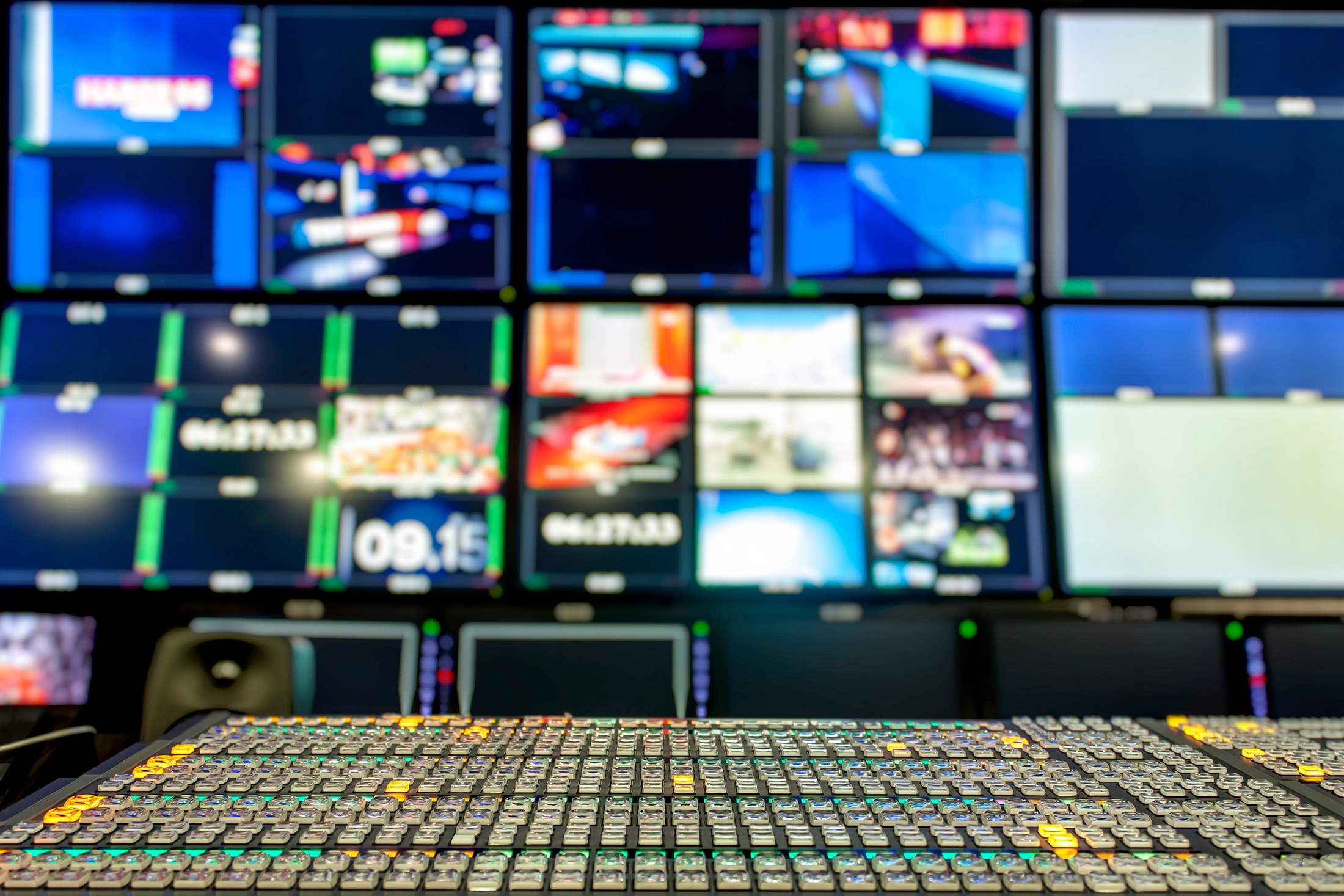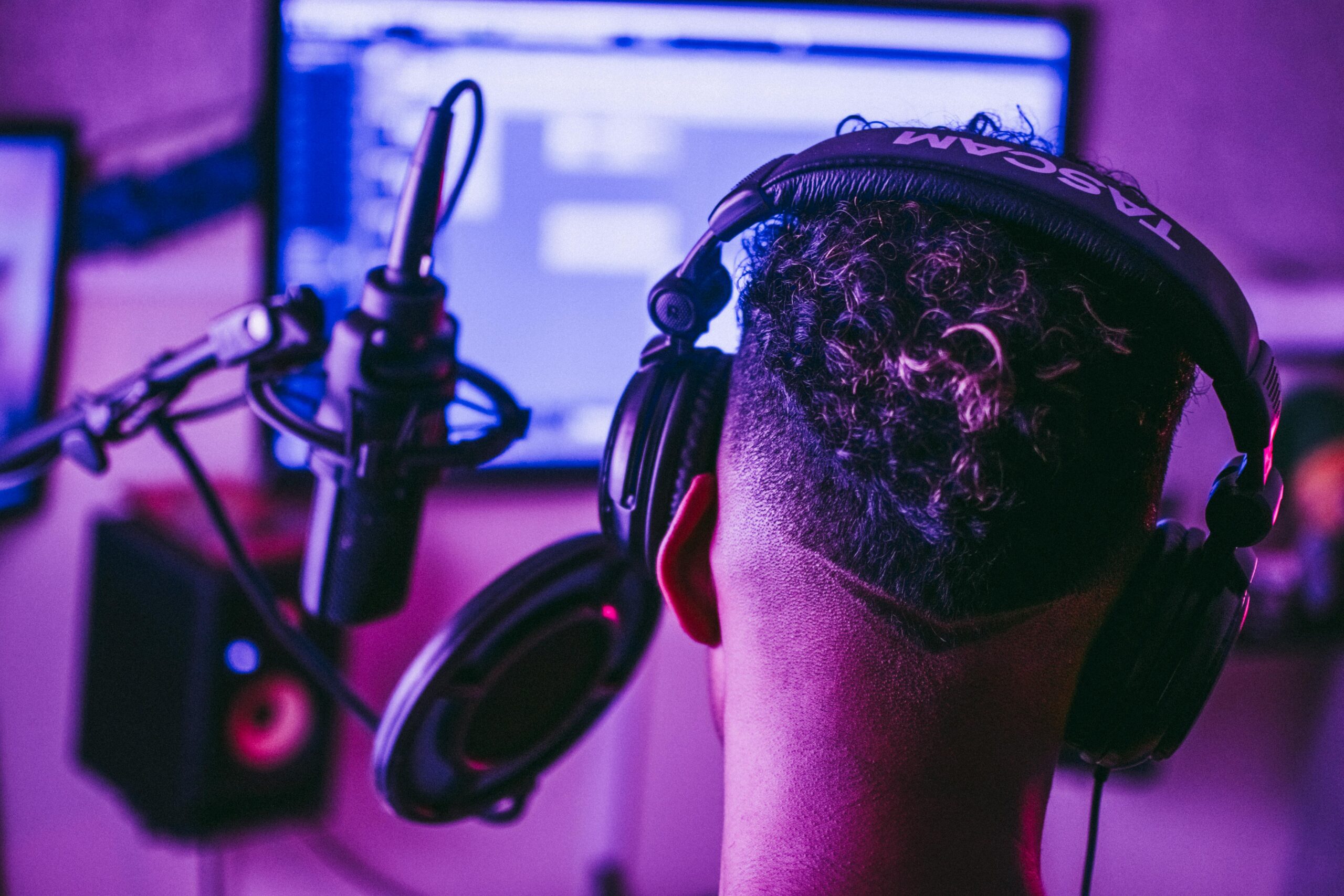
BROADCAST AUDIO
What You’ll Learn About Broadcast Audio at an Audio Recording School
When people think of working in audio, they usually picture studios, headphones, and big-name artists.
But behind every live game, awards show, concert stream, or red carpet special is a different kind of audio pro — one who makes everything sound perfect in real time. That’s broadcast audio.
Broadcast engineers don’t get second takes. Their mixes go straight to TV, radio, livestreams, and arenas — where every second counts and mistakes are heard by thousands, even millions. It’s fast, technical, and high-pressure — but also one of the most rewarding areas of audio.
Let’s break down what you’ll actually learn about broadcast audio at an audio recording school — and why it matters if you’re serious about working in this world.
1. Real-Time Mixing: Handling Live Audio Like a Pro
Unlike studio engineers, broadcast mixers have to get it right on the first try. You’ll learn how to mix on the fly — adjusting mic levels, music cues, and ambient audio in real time as the action happens.
In an audio recording school, you’ll train on digital mixing consoles designed for live production. You’ll learn how to:
- Manage multiple audio sources at once
- Balance dialogue, music, and effects
- Make quick level adjustments under pressure
- Use EQ, compression, and routing tools live
- Monitor what the audience is hearing — and fix problems fast
This kind of mixing teaches you to think fast, stay calm, and trust your ears.
2. Broadcast Gear and Signal Flow
Broadcast audio setups are a whole different animal compared to studio rigs. At an audio recording school you’ll get hands-on with:
- Digital broadcast consoles
- Wireless mic systems and antenna distribution
- Comms systems (Clear-Com, RTS, etc.)
- Sync and timecode tools
- Loudness meters and compliance software
You’ll also learn signal flow inside and out — how audio moves from mics through mixers, routers, and processors to the final broadcast. That means knowing where every signal starts, where it’s going, and how to fix it if something goes wrong.
3. Communication and Crew Workflow
Broadcast audio is a team sport. You’ll work closely with producers, directors, camera ops, lighting, and on-air talent — all while staying locked into your own responsibilities.
That’s why audio recording schools teach you how to:
- Follow cues and stay on script
- Communicate using comm systems
- Handle last-minute changes without panic
- Stay in sync with the entire production team
- Know your role and execute it flawlessly
Being good at your job is half the battle — the other half is making the crew trust you under pressure.
4. Timing, Sync, and Precision
Broadcast audio isn’t just about sound — it’s about timing. You’ll learn how to:
- Sync audio to live video
- Keep mic cues tight for on-air talent
- Stay on top of transitions, stingers, and live music drops
- Hit commercial breaks clean
- Avoid delays, phasing, or audio drift
This level of precision is what separates pros from beginners — and great audio recording schools simulate real-world timing scenarios so you’re ready when it counts.
5. Loudness, Compliance, and Delivery Standards
In broadcast, there are rules — and you’ll need to know them.
At an audio recording school you’ll train on how to:
- Monitor broadcast-safe levels
- Avoid peaking, distortion, or clipping
- Deliver audio in the right formats for TV, streaming, and radio
- Handle multiple output feeds at once
This kind of technical knowledge is what makes you valuable to networks and production companies.
6. Audio for Live Streams and Modern Broadcast
Broadcast isn’t just TV anymore. At an audio recording school you can also learn how to mix for:
- YouTube and social media livestreams
- Sports and esports broadcasts
- Online events and hybrid productions
- Remote interviews and live podcast-style content
With more productions happening virtually or online, an audio recording school will teach you how to work across platforms — and make your mix sound great anywhere it’s heard.
7. Problem Solving Under Pressure
Broadcast audio doesn’t stop. If a mic dies, someone misses a cue, or a weird buzz shows up — you’re the one expected to fix it.
At an audio recording school, you’ll build confidence by troubleshooting real scenarios. You’ll learn to:
- Identify problems fast
- Stay calm under stress
- Keep the show running while you solve the issue
- Build systems that are reliable and easy to back up
This mindset is what makes great broadcast engineers — not just knowing gear, but knowing how to keep cool and keep things moving.
8. Careers in Broadcast Audio
Broadcast audio gives you access to some of the most exciting and steady jobs in the industry. Roles include:
- A1 / A2 Audio Engineers – Lead and support roles on live broadcasts
- Broadcast Mixer – Manages the full live audio mix
- Comms Tech – Maintains crew communication systems
- Field Audio Engineer – Sets up and manages audio on location
- Playback Operator – Triggers sound effects, music, or media cues
- Live Stream Engineer – Mixes and monitors audio for online streams
Many broadcast audio pros go on to work for:
- TV networks and streaming platforms
- Sports teams and arenas
- Award shows and concert tours
- Production companies and live event crews
- Freelance or remote broadcast gigs
Why This Matters to You
Broadcast audio is one of the most intense, respected corners of the industry. It’s not about slow perfection — it’s about real-time excellence. You don’t just sit behind a console. You deliver results, live, in front of thousands.
The right audio recording school gives you the tools, the training, and the pressure-tested confidence to step into a live production environment and hold your own.

STILL NOT SURE WHERE TO START?
Answer a few questions and find a program that fits your goals.

Leave a Comment: